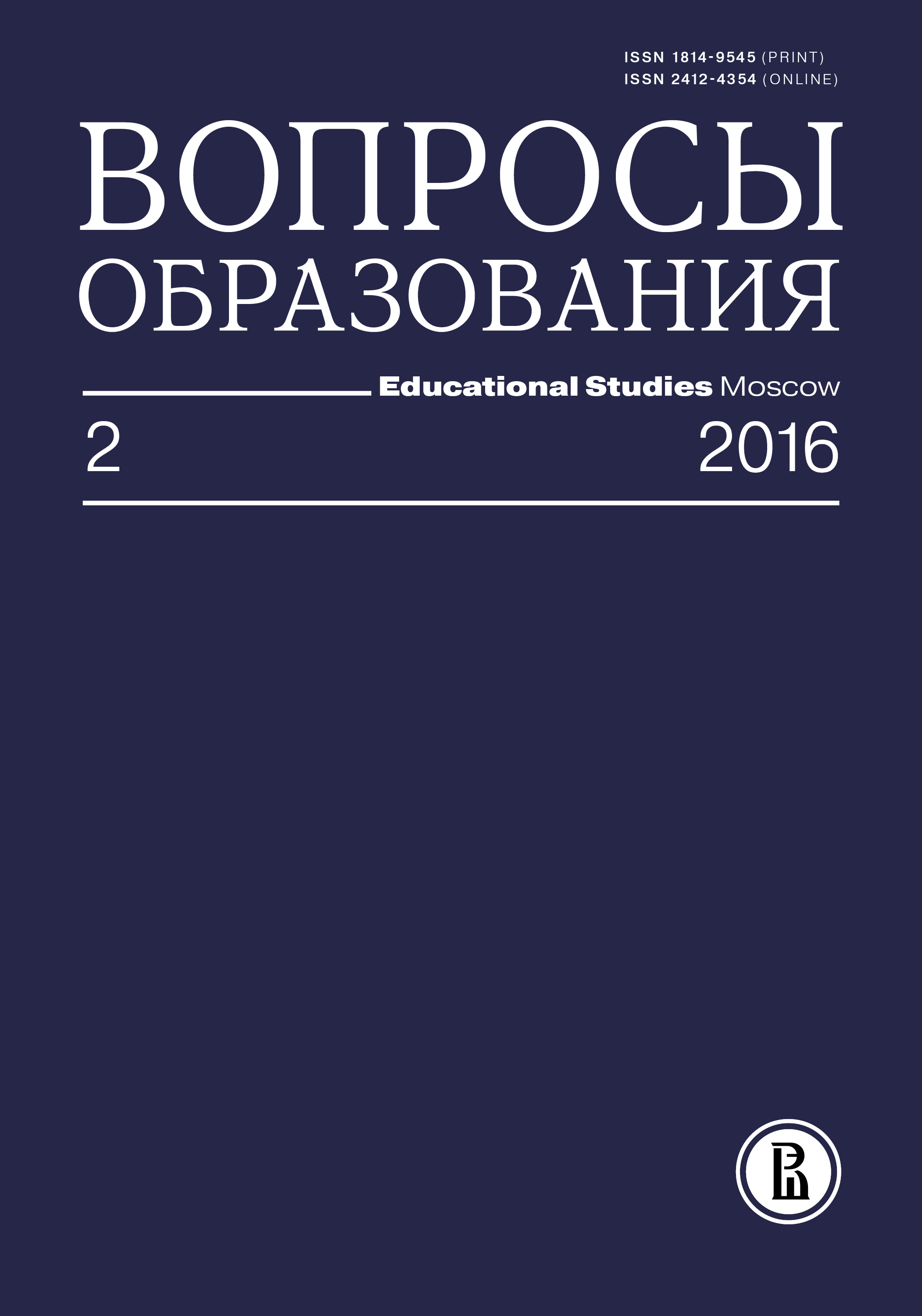Teach or Perish: The Stavka System and its Impact on the Quality of Instruction
Abstract
The post-Soviet teacher salary system is referred to as a “teaching load” (stavka) system, because the number of teaching hours accounts for the wide range of teachers’ income. This article discusses the challenges of the stavka system, presents a few changes and modifications over time, and provides examples of salary reforms of two countries: the 2007 teacher salary reform in Mongolia and the 2011 reform in K yrgyzstan. The UNICEF Kyrgyzstan study identifies six negative consequences of the high correlation between the salary and the number of hours taught: vulnerability of teachers, micromanagement of teachers, overcrowding of schools, vacancies as placeholders or “strategic vacancies”, excessive teaching loads, the redistribution of teaching hours to non-specialists. The Government of Mongolia successfully replaced the teaching load system with a workload system in 2007. In Kyrgyzstan, the re-stratification process led to a revolt of those who lost in the wake of the reform. Within a period of two years only, they ensured that the stavka-system was, with a few exceptions, put back in place.









